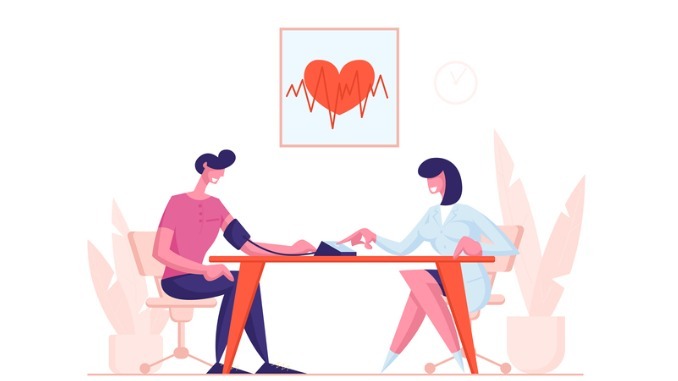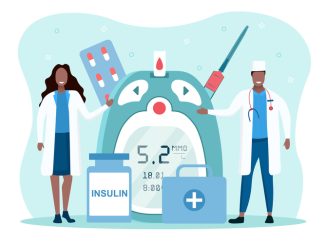The World Health Organisation (WHO) recently published its inaugural report on hypertension, shedding light on the complexities of managing this prevalent condition. In this article, we delve into the world of hypertension treatment and its significance for practice managers.
CREDIT: This is an edited version of an article that originally appeared on Medscape
High blood pressure, a leading cause of cardiovascular issues such as stroke and heart failure, affects one in three adults worldwide. However, the WHO’s report reveals that nearly half of those with hypertension are unaware of their condition. This highlights the underdiagnosis and undertreatment of this health concern, emphasising that straightforward and cost-effective solutions are often overlooked.
The WHO’s call to action
The report, launched during the 78th session of the United Nations General Assembly, emphasises the urgent need to address the growing burden of hypertension. WHO Director-General Tedros Adhanom Ghebreyesus points out that “Hypertension can be controlled effectively with simple, low-cost medications, yet only about one in five people with hypertension have it under control.” The report makes a compelling case for a collective global response to confront this issue head-on.
Despite international health objectives and voluntary targets, the WHO’s report reveals that we’re falling short in reducing the prevalence of uncontrolled hypertension by 2025. High blood pressure, causing more deaths than major risk factors like tobacco use and high blood sugar, remains a significant concern. The WHO underscores the importance of giving top priority to prevention and treatment programs to reverse this alarming trend.
A time for global health commitment
The WHO estimates that the number of people with elevated blood pressure or taking hypertension medication has doubled over two decades, reaching 1.3 billion in 2019. In Brazil, where hypertension’s prevalence exceeds the global average, about 45% of adults aged 30-79 suffer from the condition. The report spotlights that while 62% receive treatment, only 33% have their blood pressure under control.
The root causes of hypertension
Hypertension often stems from personal environmental factors, including poor diet, excessive sodium intake, low potassium consumption, obesity, alcohol use, tobacco, and physical inactivity. To tackle this issue effectively, we must take a comprehensive approach, addressing not only medical factors but also lifestyle and dietary habits.
The WHO HEARTS package
The WHO’s report champions the widespread adoption of recommendations found in the WHO HEARTS technical package. This package offers a range of practical strategies to enhance cardiovascular health across the globe. The ultimate goal is to make diagnostic tools and comprehensive hypertension care accessible to a broader audience, particularly in underserved regions.
Charting a path forward
The WHO underscores that effective community and country-wide blood pressure management is achievable for nations at all income levels. More than 40 low and middle-income countries, including Bangladesh, Cuba, India, and Sri Lanka, have already bolstered their hypertension care by implementing the HEARTS package, enrolling over 17 million individuals in treatment programs. According to the WHO, extending these successful initiatives globally could prevent 76 million cardiovascular deaths, 120 million strokes, 79 million heart attacks, and 17 million cases of heart failure between 2023 and 2050.
Practice managers, along with healthcare professionals worldwide, play a pivotal role in the global hypertension challenge. By addressing the undertreatment and underdiagnosis of hypertension, we can make strides toward preventing millions of cardiovascular events and keep hypertension treatment within primary care.



Be the first to comment